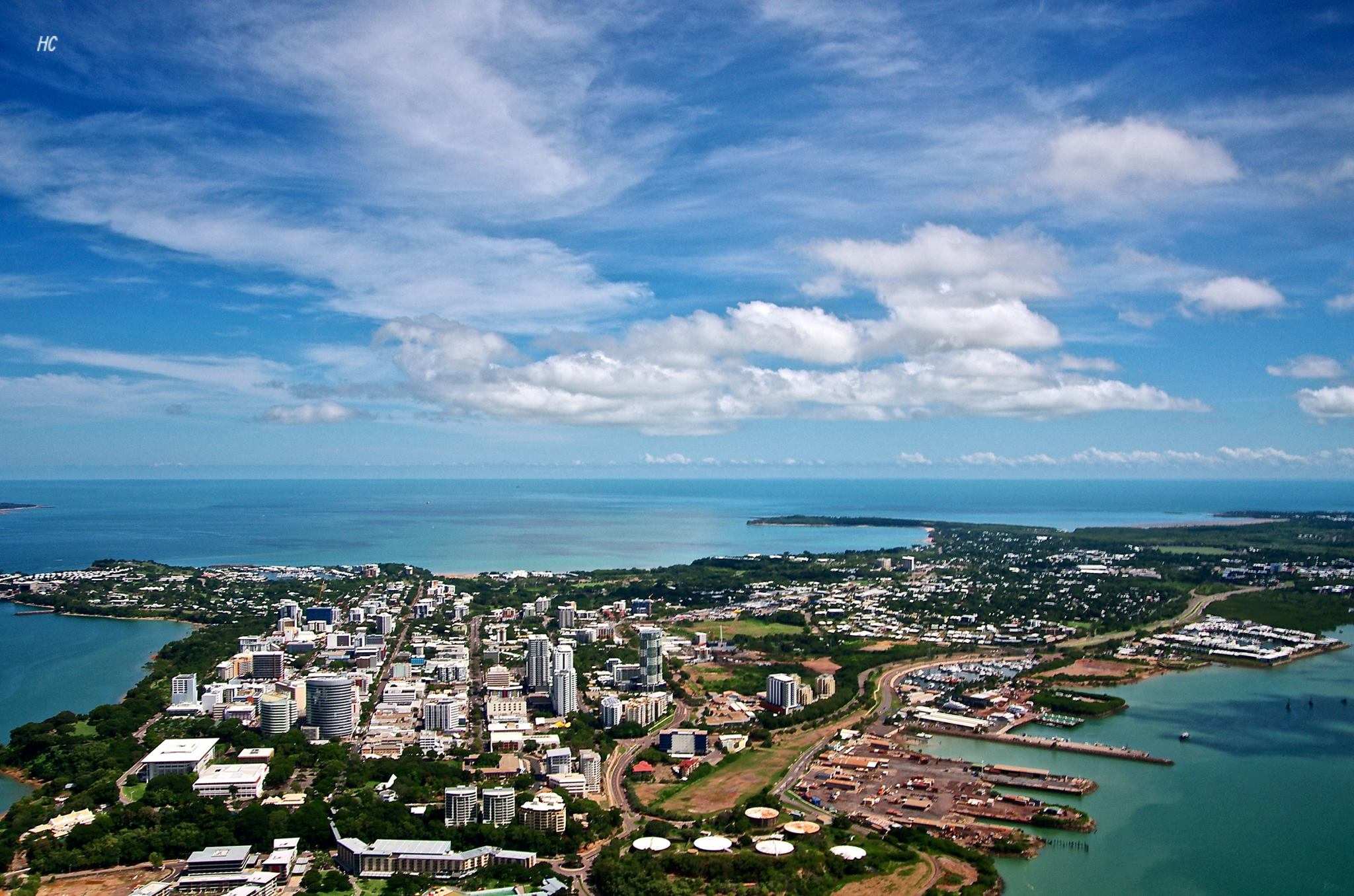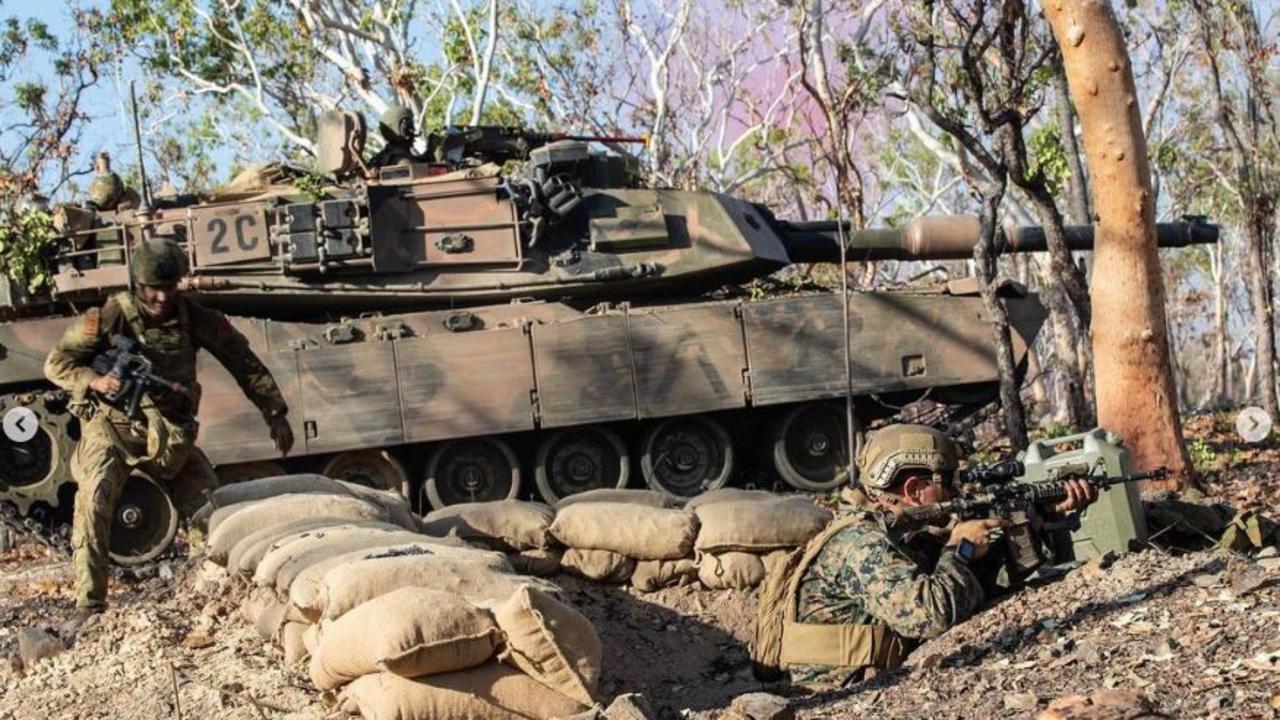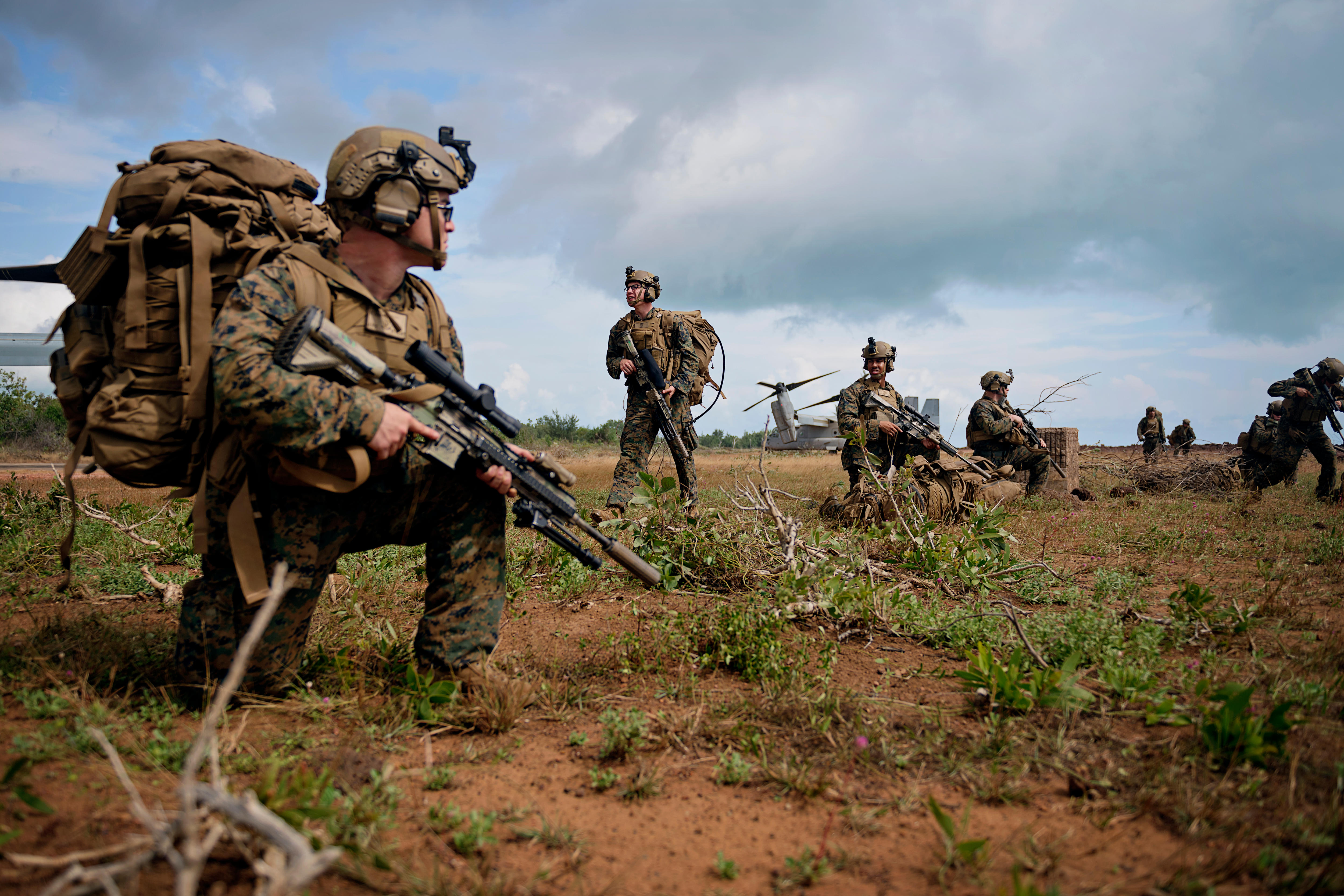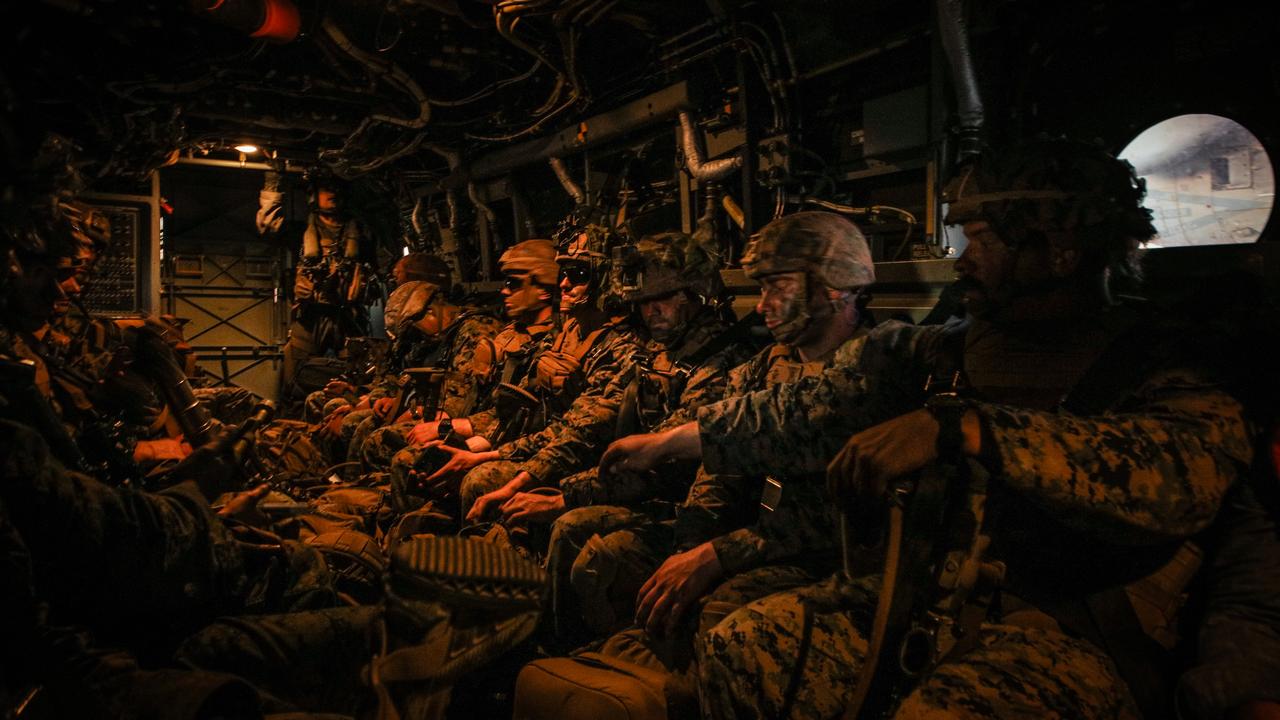
Barrister for the US government, Dr Christopher Ward SC, argued that the US should "retain foreign sovereign immunity" in the case, as it did not involve any harm or incident to an Australian citizen.

Barrister for the US government, Dr Christopher Ward SC, argued that the US should "retain foreign sovereign immunity" in the case, as it did not involve any harm or incident to an Australian citizen.

Thousands of US Marines have arrived on our shores for a mission that is also bolstering the amphibious warfighting capability of the Australian Army.
The Marines – who arrived in the Northern Territory for their 12th annual rotation in March – specialise in amphibious operations and are also in the middle of a major transformation to match China’s armed forces.
Colonel Brendan Sullivan, the commanding officer of this year’s Marine rotational force, said this year’s training exercises in Australia and the surrounding region offered “incredible opportunities”.
Asked if they were seeking to replicate potential conflict scenarios in the South China Sea, the Pacific Islands or the Taiwan Strait, Colonel Sullivan said that was something “we’re grappling with right now” as the Marines sought to project force across a greater range.
“We’re going through a force design process where we’re trying to achieve the force that we think we’re going to need to have in the years ahead … and trying to get after some of the challenges that we think are associated in those operating environments,” he said.
“We’re trying to posture so that we can be ready to operate in that type of environment in the near future.”
This year’s Marine exercises include Predator’s Run in the Northern Territory and Melville Island, north of Darwin.

The 12th contingent of the rotational force since 2012 will practice expeditionary operations, geographically distributed communications, non-combatant evacuation, embassy reinforcement, humanitarian assistance/disaster relief and rapid projection of combat power

Federal government MP Luke Gosling said the country's north would be prepared to play its part. "There's no doubt that the Northern Territory and the Top End will be part of the [nation's] missile story," he said. "Why? Because we're defending Australia, and obviously, you can get more range into the northern approaches to Australia from the Top End."

The latest rotation of US Marines has touched down in Darwin as they prepare to join Australian soldiers in training in “humanitarian assistance, security operations, and high-end live fire exercises”.
The 2500 member strong Marine Rotational Force-Darwin will spend the next seven months working closely with their Australian counterparts as well as other partner nations from around the region.
It comes on the back of last week’s announcement of the AUKUS nuclear submarine deal, and Deputy Prime Minister Richard Marles said the US continued to be Australia’s “most vital security partner”.
“Over the next six months, the Australian Defence Force and US Marine Corps will conduct a comprehensive range of training activities including humanitarian assistance, security operations, and high-end live fire exercises."